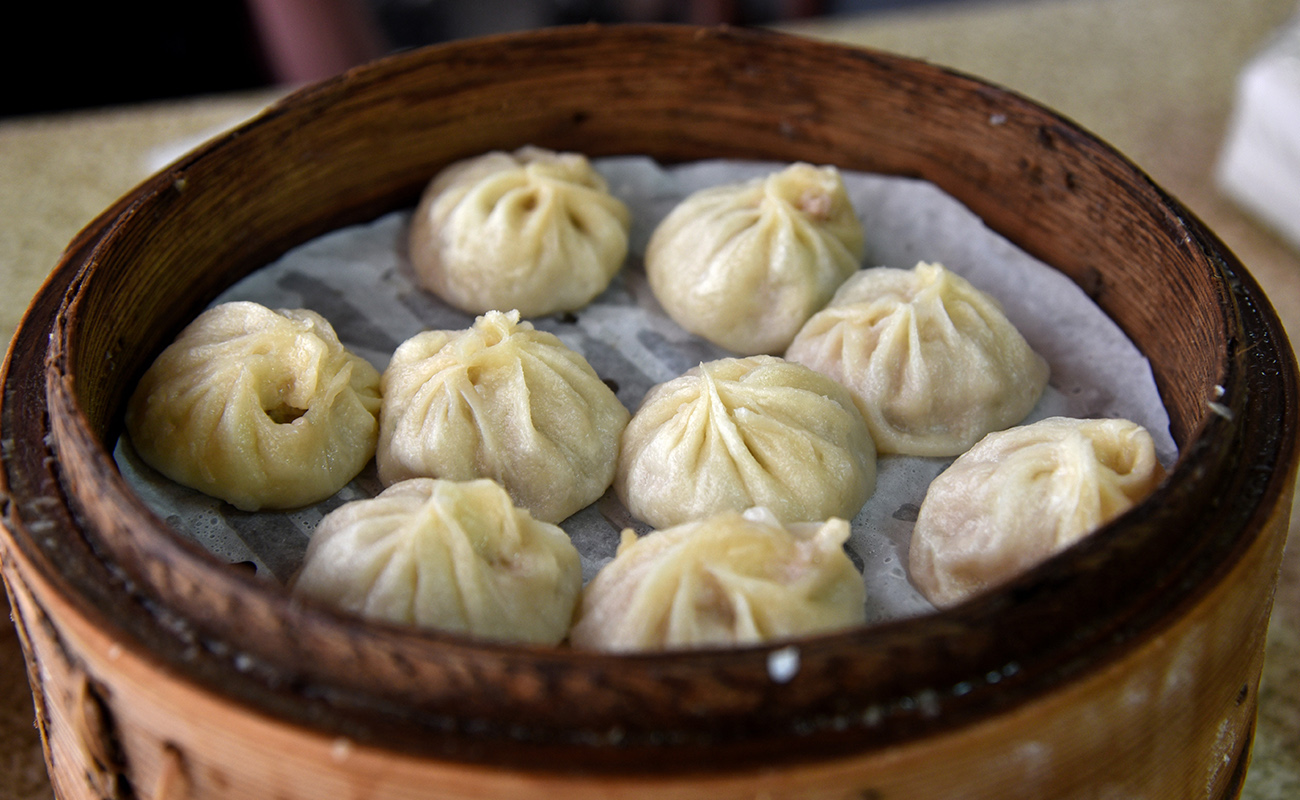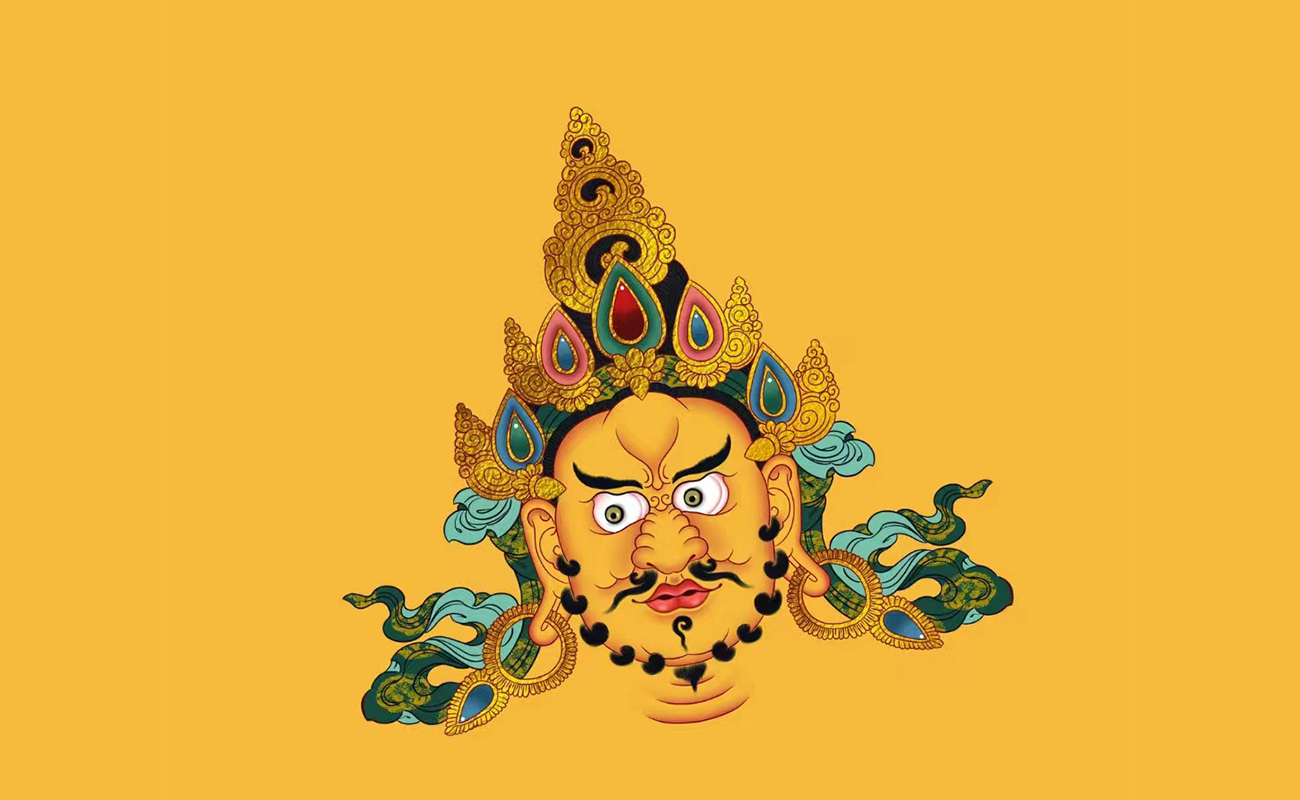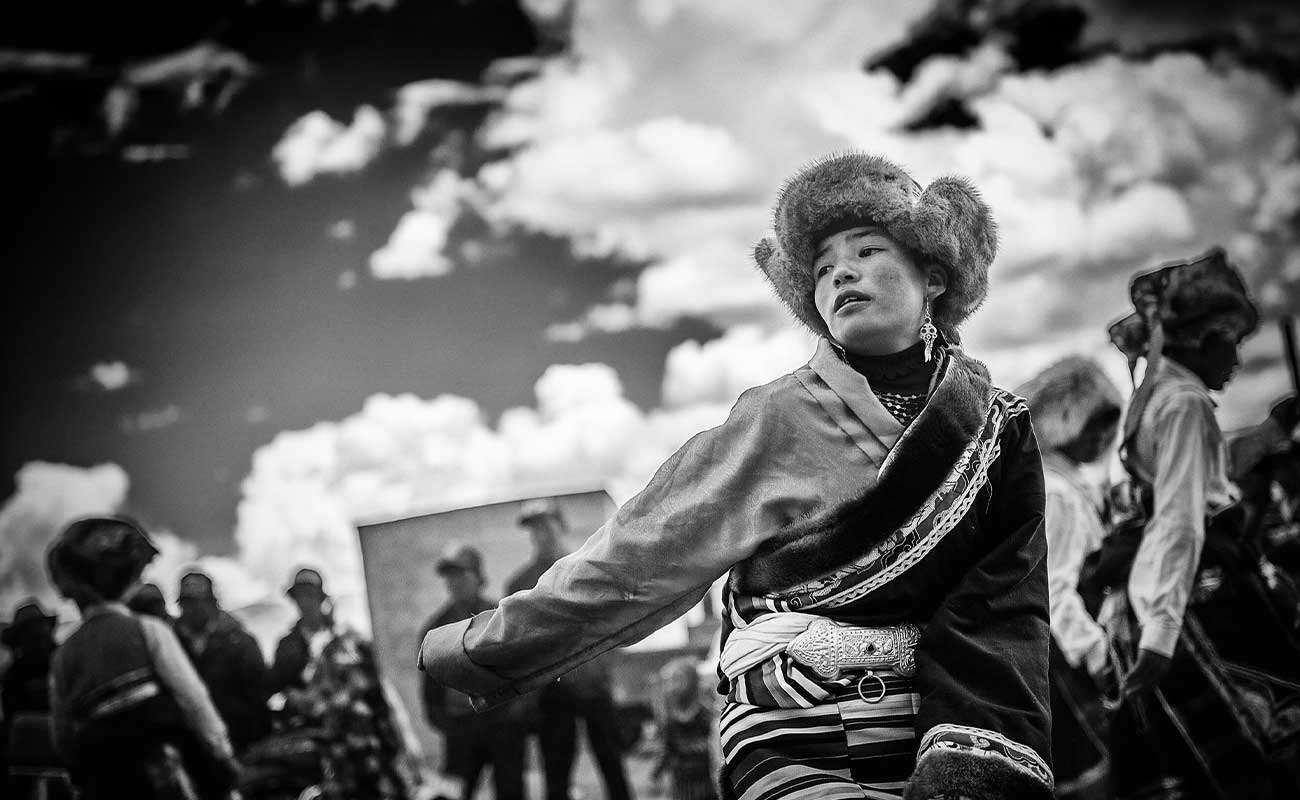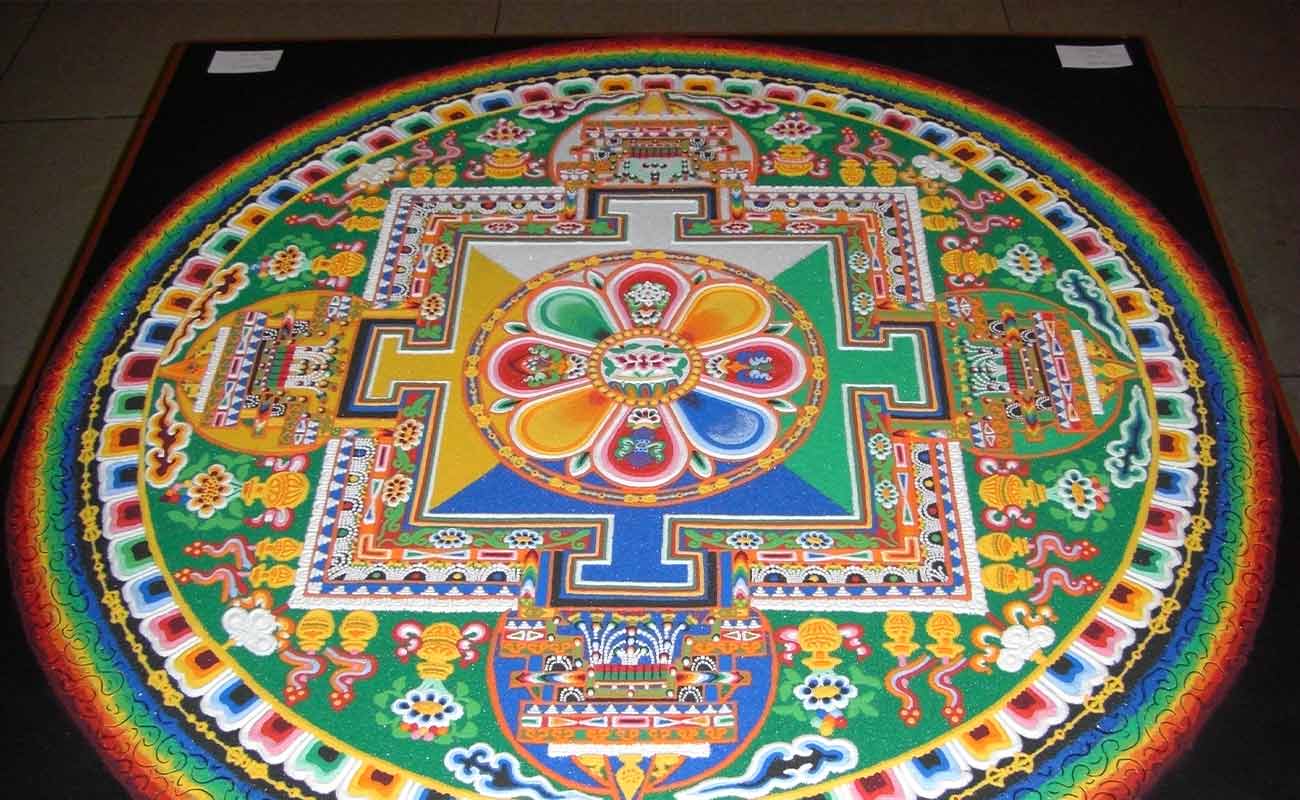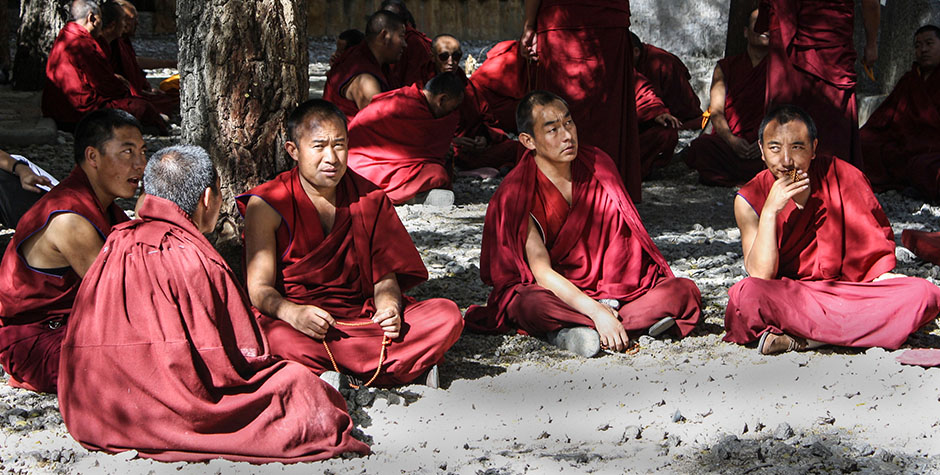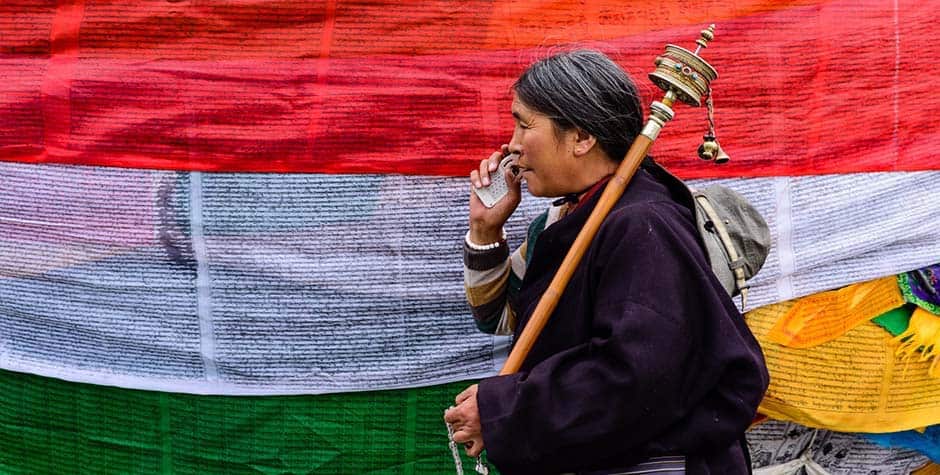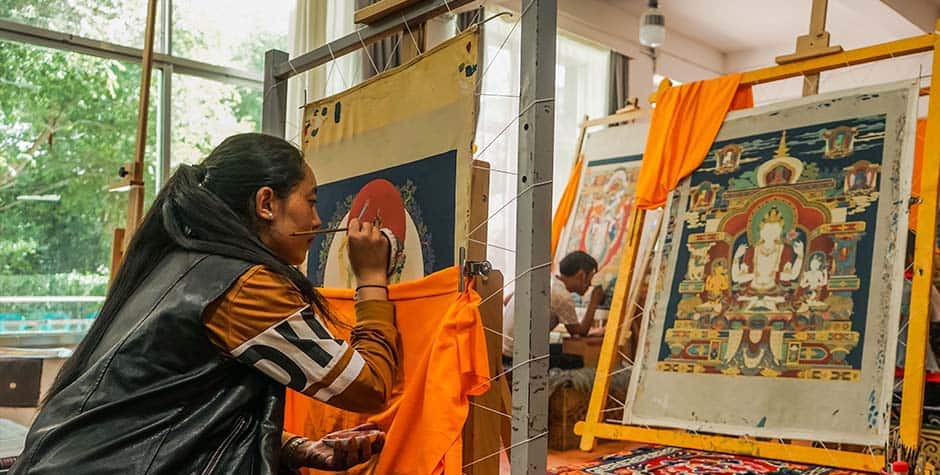
Tibetan Culture. Due to its Geographical and Climatic condition, Tibet has developed a unique culture. With the significate influence from the adjacent cultures from other parts of China, India, and Nepal. The inaccessibility and remoteness of this Himalayan region have helped preserve and develop the distinct local Tibetan culture in Tibet.
Since its introduction in the seventh century, Buddhism has a strong influence on Tibetan Culture. Tibetan Art, Literature, Music and all our daily life expectations contain elements of Buddhist beliefs. Buddhism itself has evolved in this unique form main influence the pre-Buddhist nature religion call Bön religion.
Tibet’s climatic and geographic have encouraged dependence on pastoralism, also the development of a unique cuisine from surrounding regions, which fits the needs of the human body in these high altitudes. During your tours in Tibet, You will experience our unique culture and tradition in Tibet because all our Tibet tour packages are designed to maximize authentic Tibet travel experiences.
Read more about Tibet Travel Information and Tibet Tours. Please visit our blog: Nomadictibet.com

